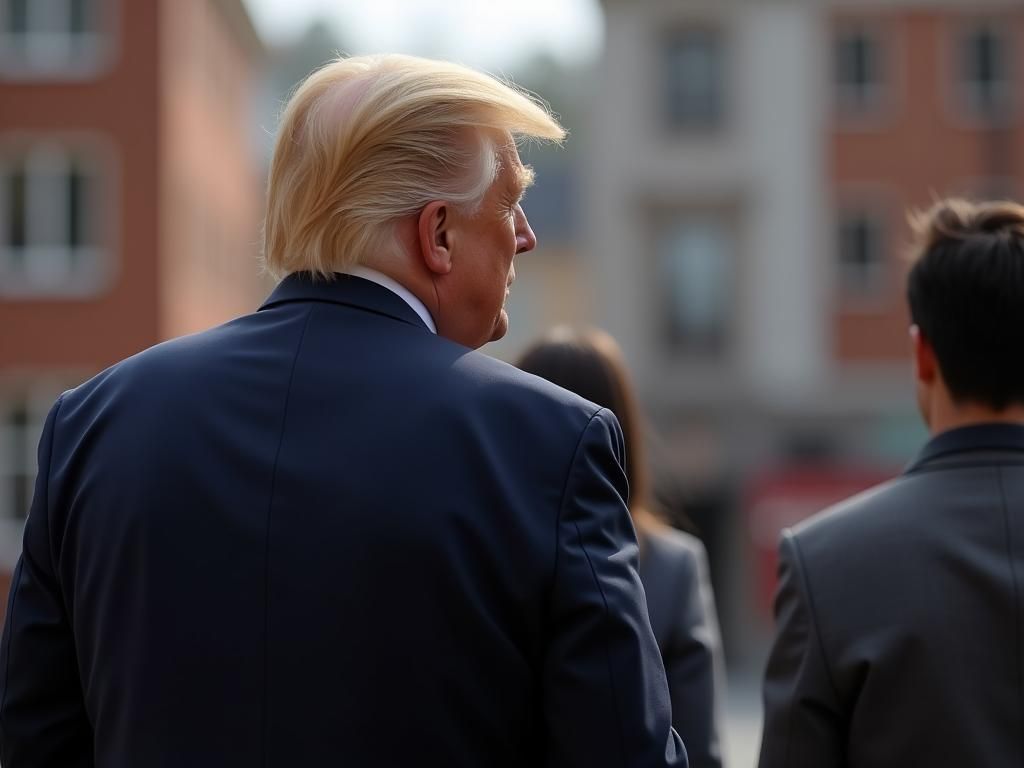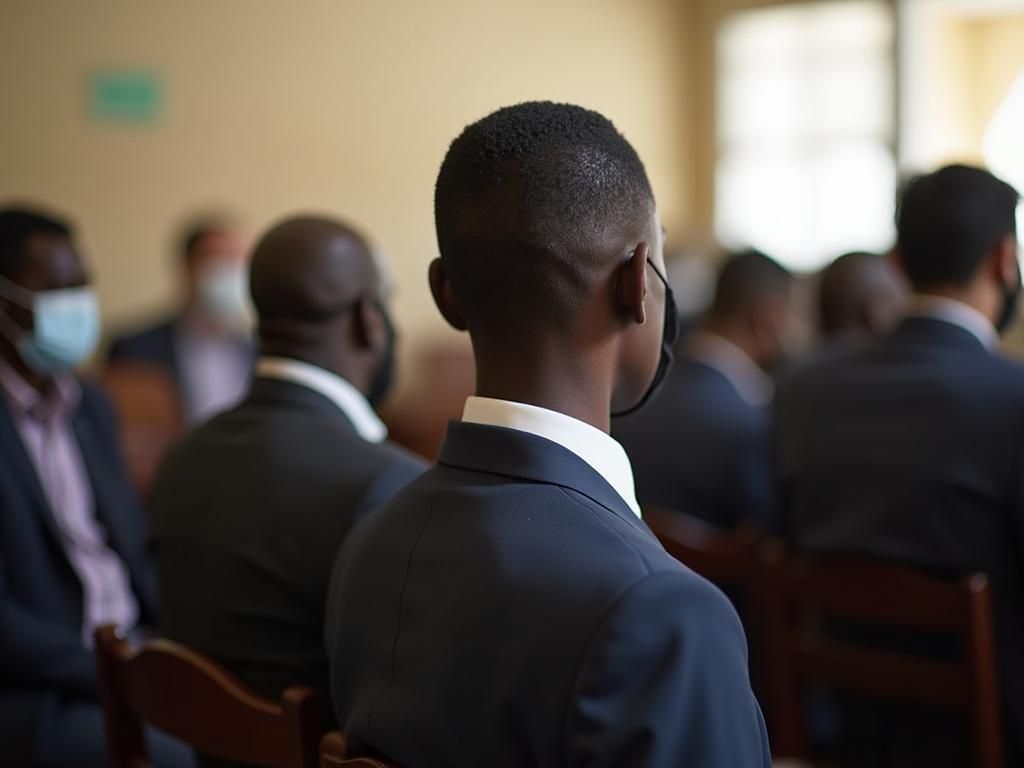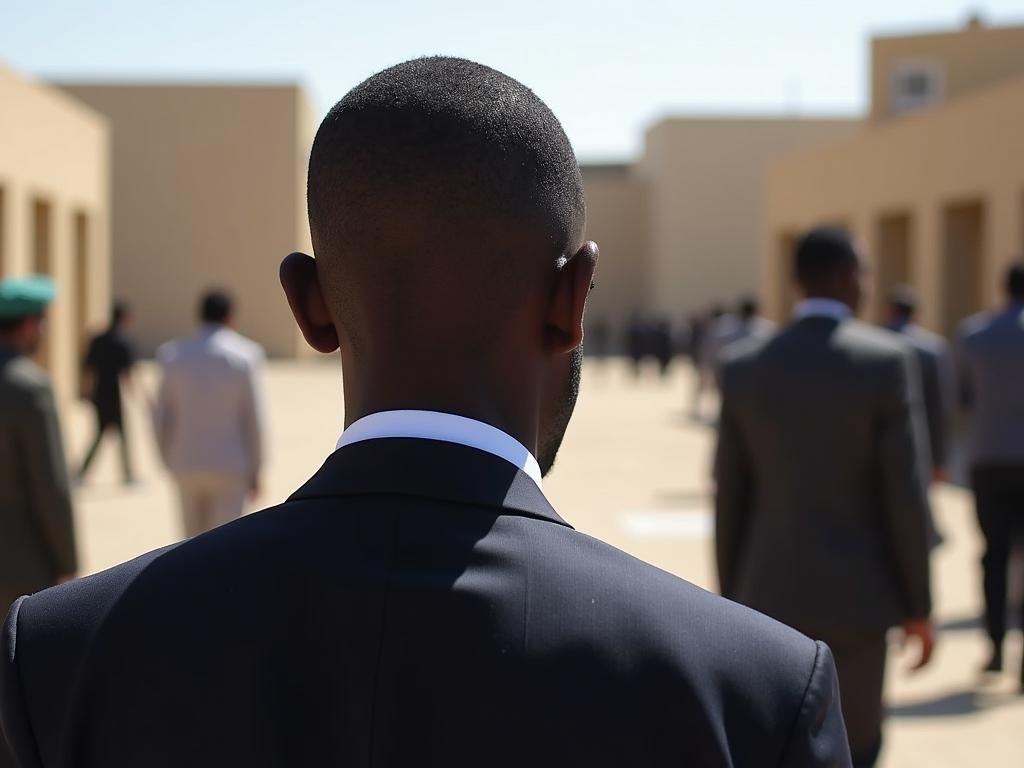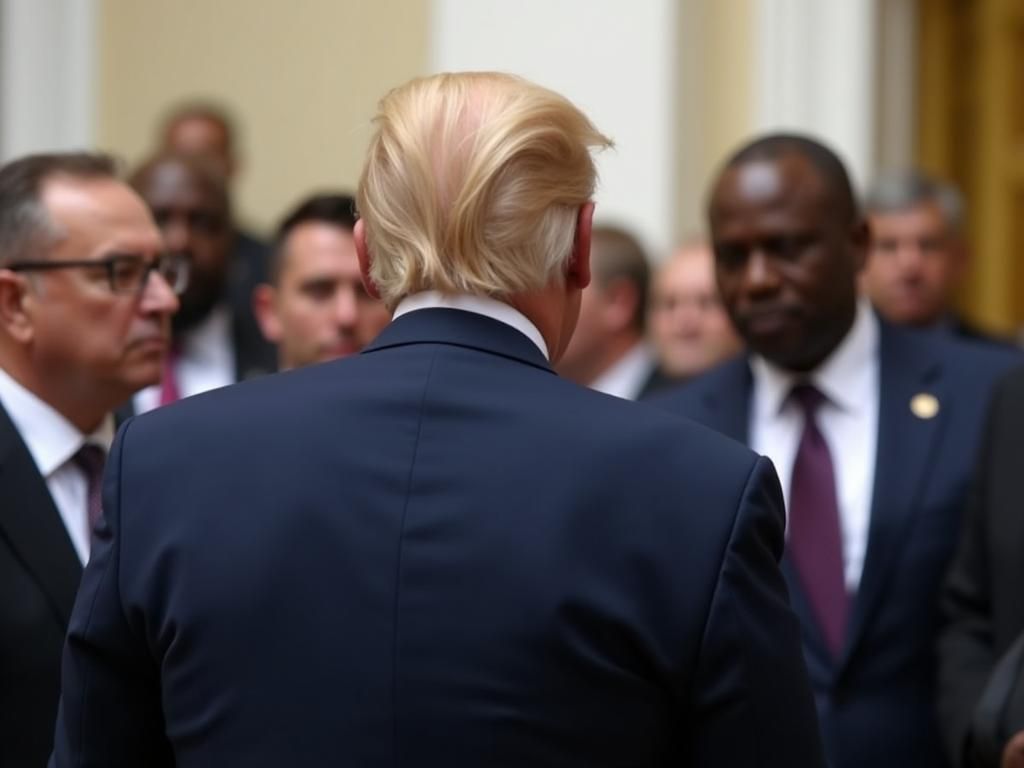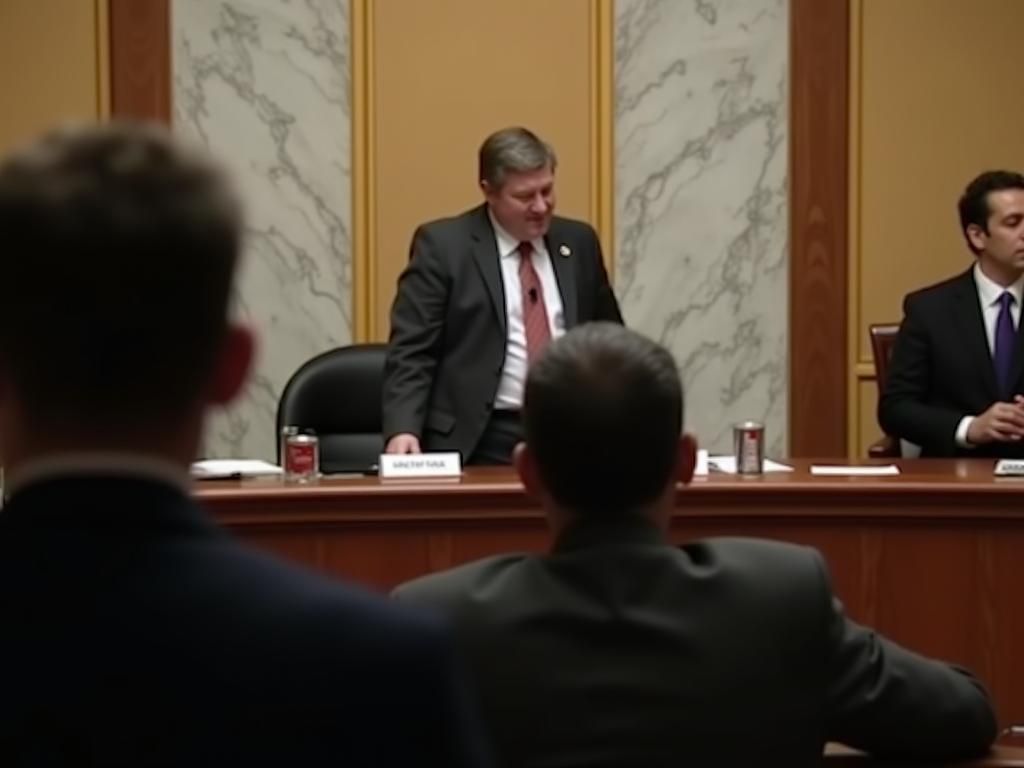Russian President Vladimir Putin made a highly anticipated visit to the Kursk region this week, marking his first trip there since Ukrainian forces were reportedly pushed out last month. The visit sparked immediate speculation about the current state of the conflict and Russia’s strategic intentions.
During his Kursk visit, Putin engaged with volunteer organizations and toured the Kursk-II nuclear power plant. State media coverage highlighted meetings with local officials and volunteer groups, signaling a focus on regional stability and support.
The Kursk region experienced a significant incursion by Ukrainian forces in early August, which Russia claims it successfully repelled. This cross-border incursion, backed by drones and Western weaponry, represents the most significant incursion into Russian territory since World War II.
The recent events in Kursk unfold against the backdrop of renewed peace talks between Russia and Ukraine in Turkey. These discussions, the first direct negotiations in years, ended without a ceasefire agreement.
Both sides were unable to reach a ceasefire agreement. However, the fact that the countries met face-to-face could be a sign that they are willing to address the conflict.
The visit raises questions about the security and stability of the border region. What further actions will Russia take to secure its borders, and what impact will this visit have on the ongoing conflict?



